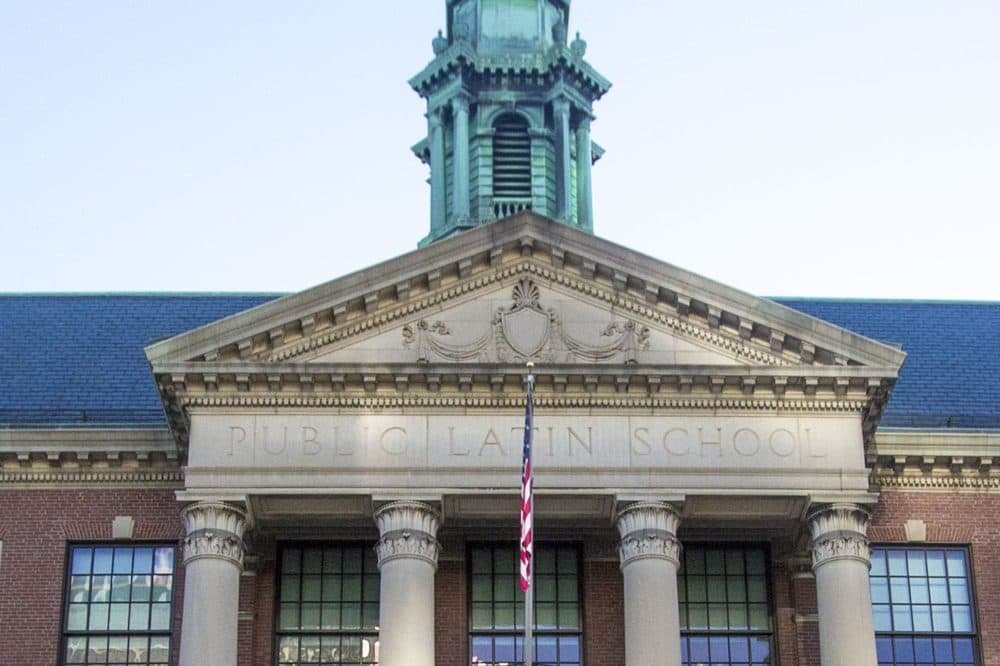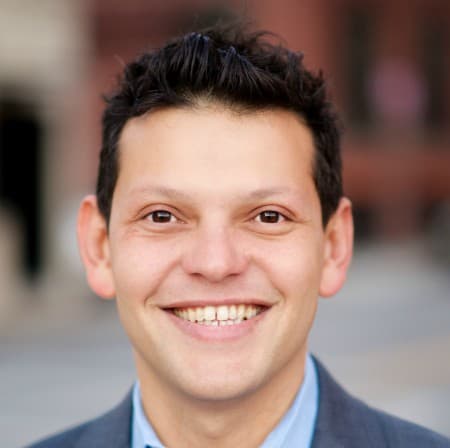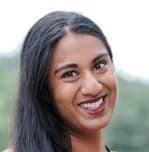Advertisement
Commentary
It’s Time For BPS To Overhaul Exam-Schools Admissions

Boston’s most elite high schools fail to represent the diversity of our city. Across our neighborhoods, public schools are becoming more and more segregated, reflecting levels of racial isolation and racial imbalance not seen since before court-ordered desegregation.
Earlier this month, Boston City Councilor Kim Janey and Council President Andrea Campbell convened a hearing on the disproportionately low numbers of black and Latino students in Boston’s prestigious exam schools, particularly Boston Latin School (BLS), the oldest public school in the United States. In the 2018-2019 school year, only 7.5 percent of BLS students are black and 12.5 percent are Latino, even though black students represent 30.9 percent of Boston Public Schools (BPS) students, while Latino students are 42.1 percent of the district. By contrast, white students, who make up only 14.6 percent of the BPS student body, represent 46.8 percent of the students who attend BLS.
At the hearing, representatives from BPS, including Interim Superintendent Laura Perille, acknowledged that black and Latino students are underrepresented at the exam schools and that systemic barriers exist for these students at “every phase” of the exam school admissions process: from awareness of the exam schools, the application process and deadline, to grading practices and enrollment preferences.
BPS has both a chance and the authority ... to eliminate the barriers keeping black and Latino students out of elite institutions.
Systemic barriers require systemic solutions, a position long held by civil rights advocates at Lawyers for Civil Rights (LCR) and our community partners. In a May 2017 report, we found that the percentages of black and Latino sixth and eighth graders invited to enroll in BLS were more than two and a half times below their district-wide enrollment rates. As a result, every single majority white neighborhood in Boston had an exam school admission rate above 50 percent; by contrast, all majority black and Latino neighborhoods had admission rates below 50 percent.
Students of color have been disproportionately excluded from exam schools because the criteria used to evaluate students for admission — GPA and the Independent School Entrance Exam (ISEE) — are neither fair nor reliable measures of student aptitude. There are enormous variations in grading amongst Boston’s charter, parochial and traditional public schools. The ISEE, an exam developed for admission to private schools, does not test material studied in BPS classrooms, which are overwhelmingly occupied by black and Latino students.
Year after year, the evidence has continued to mount. A full 10 percent of the 2016-2017 entering class at BLS came from one private school, Holy Name Parish in West Roxbury, where a staggering 69 percent of students who applied to exam schools had A+ averages. This raises questions of grade inflation and variation across schools.
There is also no evidence that the ISEE “accurately predicts the high school performance of students of color.” Last October, researchers at Harvard’s Rappaport Institute revealed that the substantial racial gaps that exist in ISEE-taking rates, ISEE scores and GPAs could not be explained by or attributed to “underlying differences in academic strength,” given that high-achieving black and Latino students were “substantially less likely to be invited to exam schools” than peers of “similar academic strength.”
Advertisement
The ISEE, an exam developed for admission to private schools, does not test material studied in BPS classrooms
Despite this evidence — and despite the ISEE’s failure to meet BPS’s requirement that it demonstrate freedom from racial bias — the district has proposed marginal changes, but has no plans to change the admissions exam. At the March 5 hearing, BPS administrators discussed several strategies they planned to implement for the 2019-2020 cycle, including administering the ISEE at every school with a sixth grade during the school day, pre-registering students identified by the district, expanding access to the Exam School Initiative, a free ISEE prep program, and working with fifth grade teachers to “better calibrate grading.”
Importantly, BPS will also begin collecting more specific data on race and ethnicity. This is a significant step given that the unavailability of disaggregated data on Asian-American students — who appear at first glance to be well-represented in exam schools — masks the impact of the current policy on Asian-American sub-groups (particularly Southeast Asians) and low-income Asian-Americans.
These proposals are a step in the right direction, but BPS is not going far enough. If the ISEE tests on subjects that are not covered in most BPS curricula, if there is no evidence that it accurately predicts the high school performance of students of color, then it makes little difference whether it is offered during the school day. Nor is multi-week test prep program over the summer and fall — which, by the district’s own measure, was only 50 percent black and Latino in 2018, far less than BPS enrollment — an adequate substitute for advanced work classes or challenging, well-resourced classroom instruction.
LCR and the NAACP’s Boston branch convened a series of community meetings over 2017 and 2018 in which parents, students, educators and community stakeholders proposed multiple structural reforms to the admissions process. These include: reserving seats for the highest ranked students in each public middle school or zip code; employing a holistic admission model that looks beyond GPA and test scores; and developing a test based on the BPS curriculum.
We strongly believe that the adoption of even one of these measures would increase the number of black and Latino students invited to enroll in Boston’s exam schools, while maintaining the schools’ rigorous academic standards.
In restructuring Boston’s exam school admissions process, BPS has both a chance and the authority to stop resegregation — to recognize that the achievement gap is really an opportunity gap — and to eliminate the barriers keeping black and Latino students out of elite institutions. The exam schools are perceived as the best of public education in Boston. They should be open to qualified students of every race and ethnicity, and reflect the rich diversity in our communities.
Editors' note: BPS declined our invitation to submit a counterpoint commentary. You can read WBUR's recent coverage featuring an interview with Perille here.

